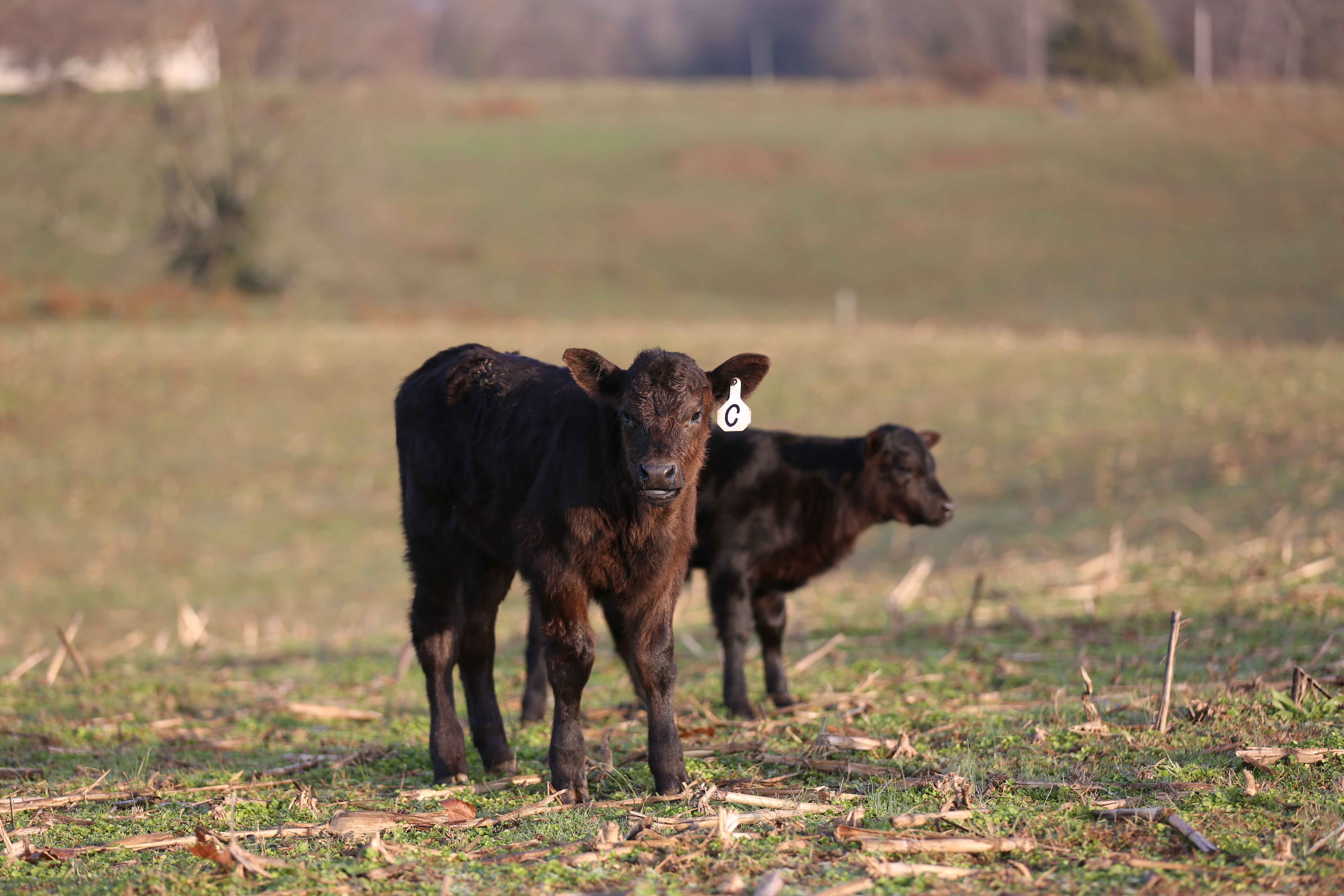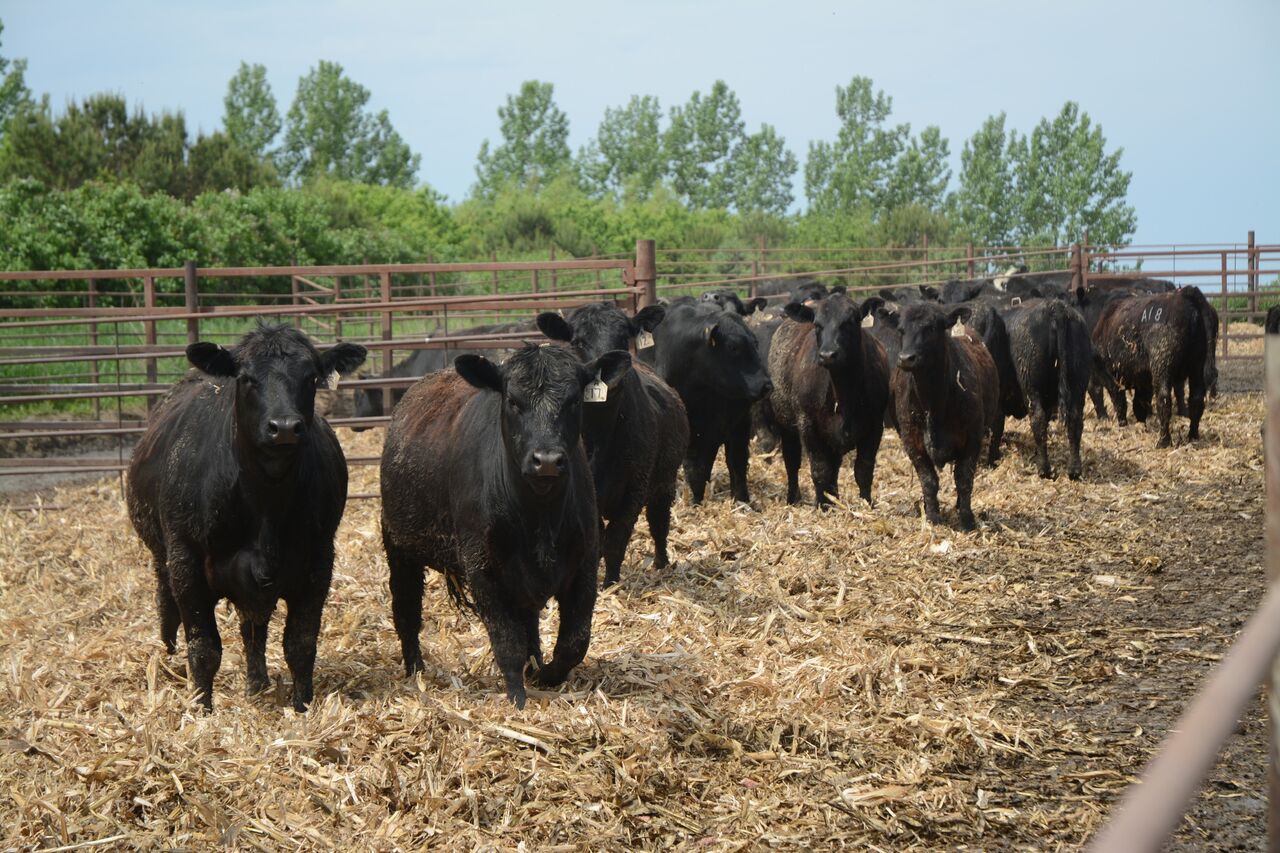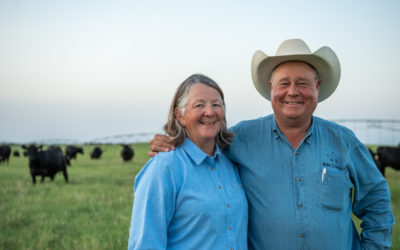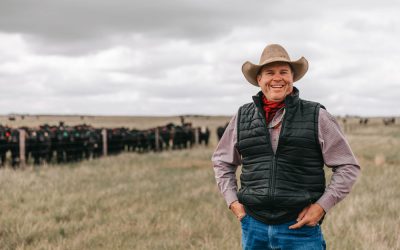
Beef lessons from dairy conceptions
by Justin Sexten, Ph.D.
You’ve heard that the key to beef quality could lie in making sure a calf never has a bad day. A paper in the Journal of Dairy Science adds validity—and before you quit reading because the work didn’t come from the beef side, think for a minute about the dairy cow. She’s a model of uniform genetics and focused selection with little nutritional limit to gene expression. She can serve as a great model to evaluate environment for all cows, independent of genetics and nutritional resources.
Contrast that to the beef cow with variable genetics selected for multiple traits and often limited by her nutritional environment. These diverse conditions are why the debate rages on about ideal cow size and milk production level.
The dairy researchers in Florida and Colorado set out to see how the season of a heifer’s conception influences her later productive life. As you look at a pen of replacement beef heifers and judge their genetics, individual performance and disposition, this dairy study adds another variable. We often evaluate the expression of traits without considering the cause of the expression, but this work highlights the environment’s role.
This fall, many of you will look at that heifer pen and try to decide whether to keep or cull some late-born female. We know the early-born heifer is more productive over a lifetime, but now we see that could be partly because she was conceived during a time of less environmental stress.

Dairy Herd Improvement Association records across 12 years on more than 667,000 lactations were used to evaluate the influence of season of conception on subsequent productivity. This could make you think about “fetal programming” or gestational nutrition and the importance of maternal diet on quality—but laying that aside, this research demonstrates that the season and environmental conditions at conception will influence milk production, reproductive efficiency and herd longevity.
These dairy scientists concluded that cows conceived during the summer heat (July to September) were less productive than those conceived in the winter (December to February).
Heifers conceived during the winters were younger at first calving by 9 days. In a beef production system, shortening days to first calving may not be possible due to group management, but this data suggests the dairy heifers conceived during cooler temperatures were either earlier to puberty or more reproductively efficient.
The “cool heifers” not only calved sooner but also returned to estrus after their first calf earlier than those conceived during summer. Interval to first re-breeding were 6 and 4 days shorter after the first and second calf, respectively, but season of conception didn’t affect reproductive performance of older cows.
Quicker returns to estrus following calving translated into a comparable reduction in days to conception for first-and second-calf heifers. These reproductive benefits were realized despite a 3.5% increase in first-lactation milk production by heifers conceived in winter. That increase moderated as heifers aged, but the second-and third-parity cows conceived in the winter produced about 1% more milk throughout lactation.
Heifers conceived in winter were 1.15 times more likely to make it to the second calving and not be culled for reproductive failure. Remember, that’s in addition to greater milk production.

How can we incorporate this into a beef production system where local environment and the goal of a set calving season drive decisions? Gone now is the chance to modify the 2017 breeding plan to avoid the worst summer heat, but the decision on whether to retain a heifer conceived during last summer’s heat is imminent.
To review, beef cattle research showed many years ago that heifers born early in the calving season are more productive. Years later and thanks to our colleagues in dairy science, we discover productivity may be related to the timing of weather not only at birth but at conception.
We continue to learn more each day about how the environment influences the genetic framework we develop. While we may not understand how it can influence each gene, we do know that overcoming a genetic deficit is a challenge. Now that you have something else to think about when building your herd, keep in mind that simple approach to beating average quality: do all you can to ensure each calf never has a bad day. —END
You may also like
Progress, Not Perfection
It’s a labor of love, obvious in the way she lights up explaining their family’s 33-year effort to proactively adapt Angus cows to their land. A lifetime of telling stories from the pasture or kitchen has resonated with nonfarm consumers as much as fellow ranchers. “Everything we do is about cattle, but it’s also about family and connecting our kids to the land and to the cattle,” Debbie Lyons-Blythe says.
Bradley 3 Ranch earns Certified Angus Beef Sustainability Award
Before there were fences and farms in the Panhandle, stirrup high grasses owned the land. With time, they have dwindled to near extinction. And with time again, they’re resurrecting. Nothing is a one-year thought process. Just like building a fence, they determine whether their decisions will last the next 50 years.
The way to do it
In everything he does, Ryan Noble pushes the limits of success to what some would call overachieving. To everyone else, it’s no surprise Noble Ranch was named the Certified Angus Beef ® 2019 Commercial Commitment to Excellence Award winner.



